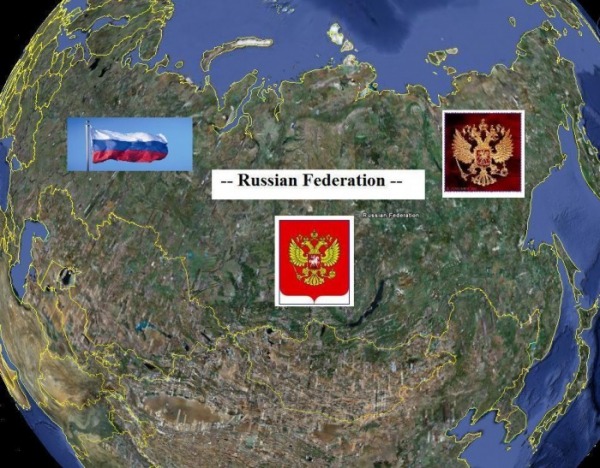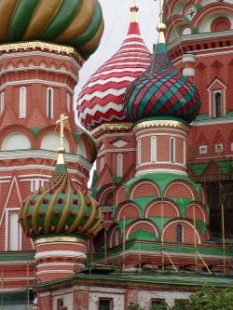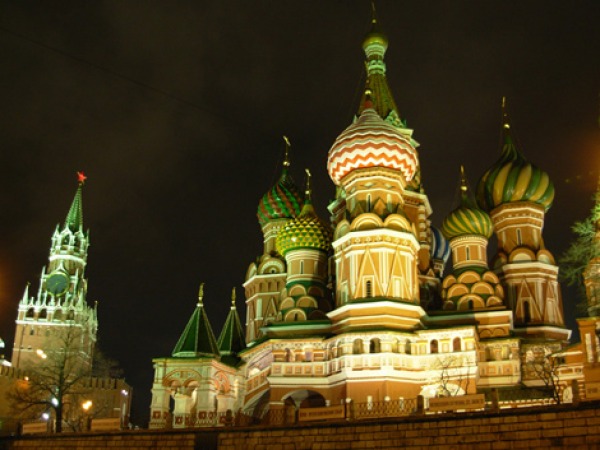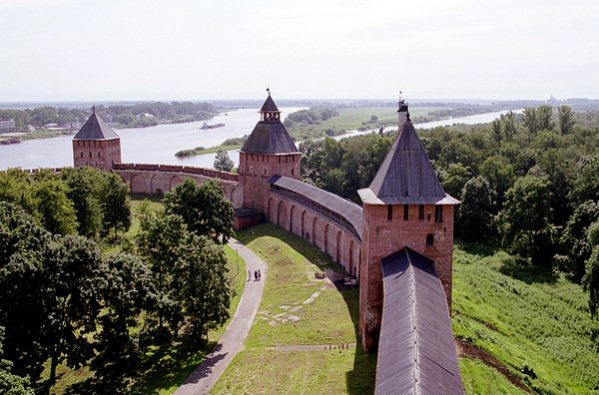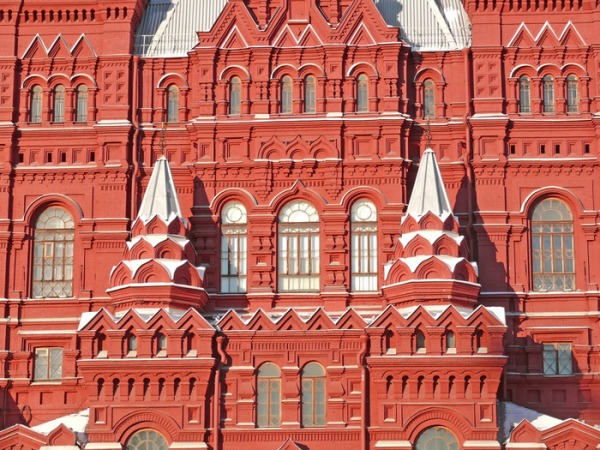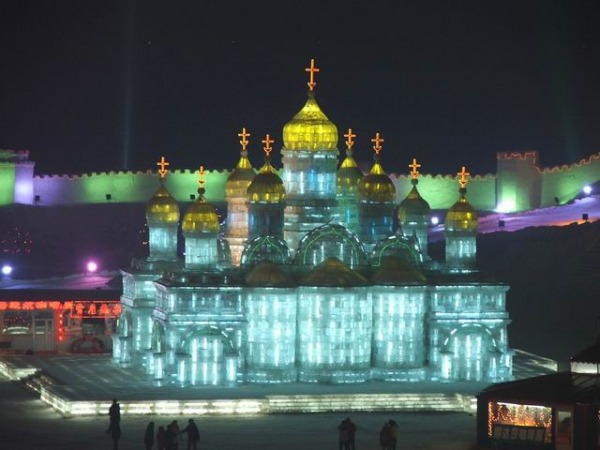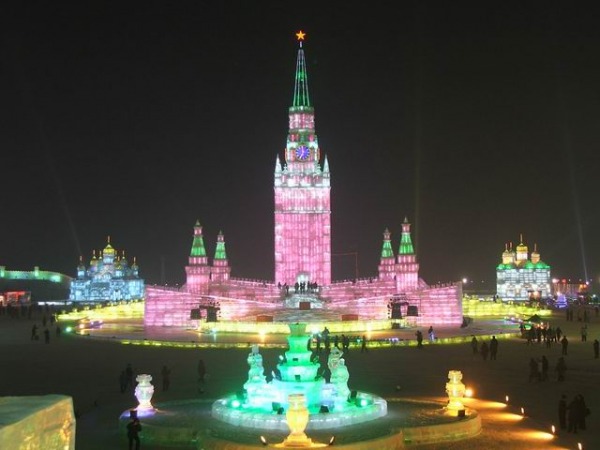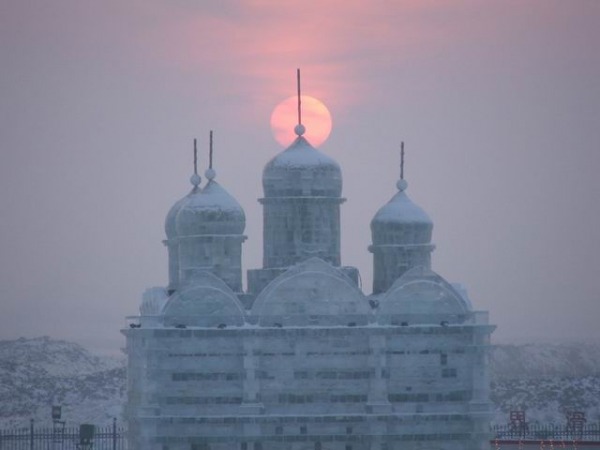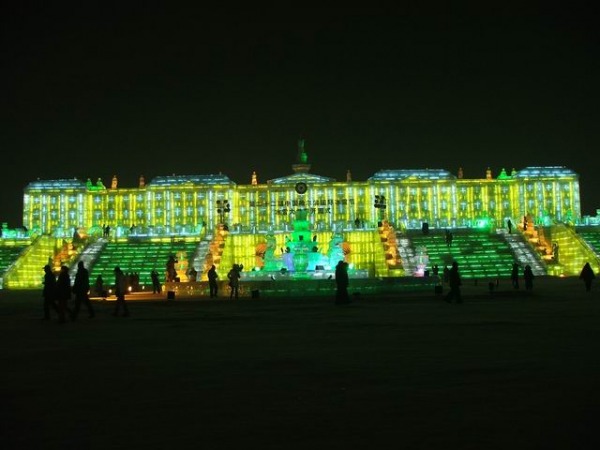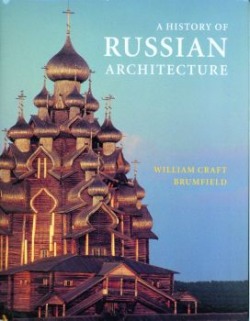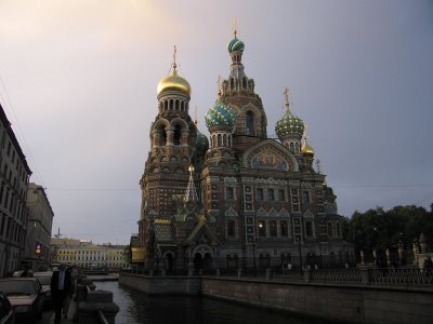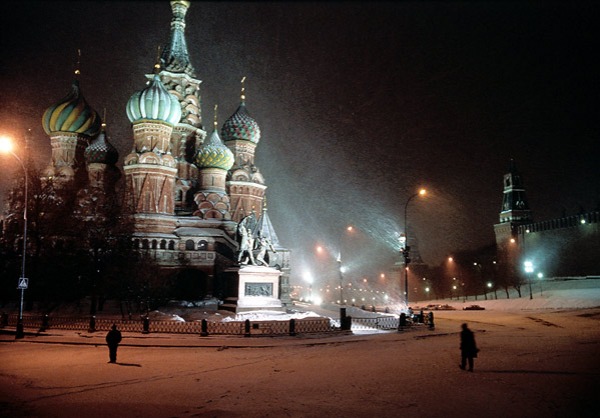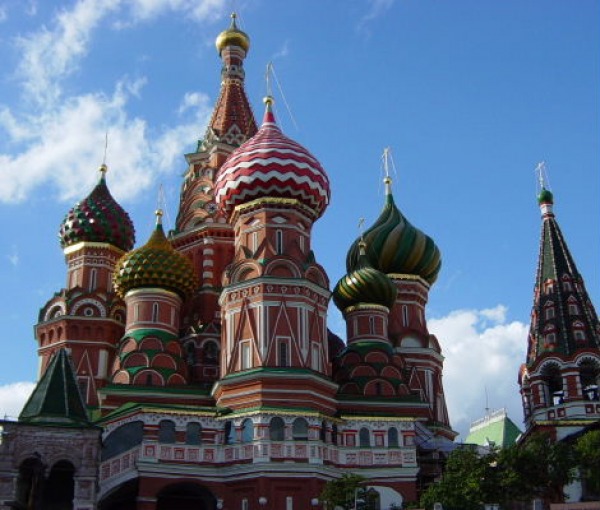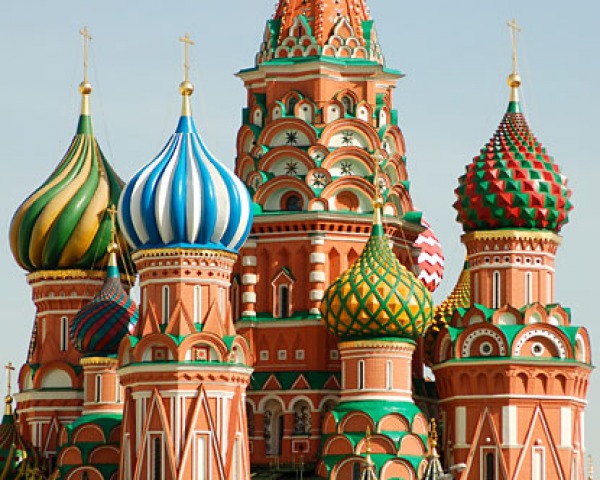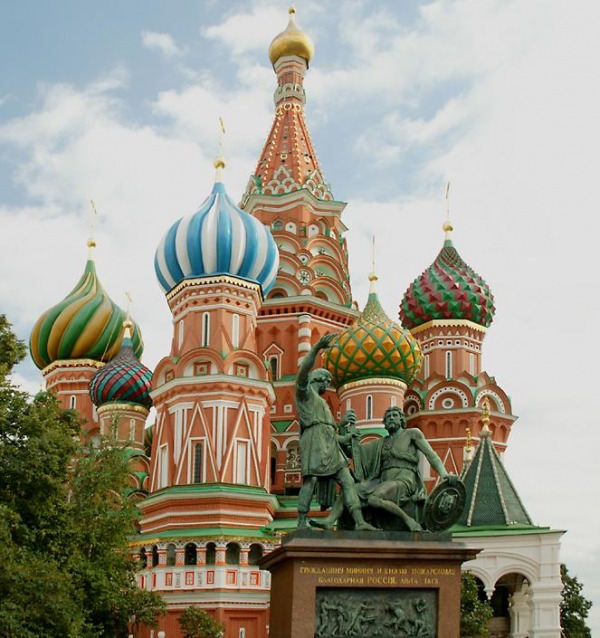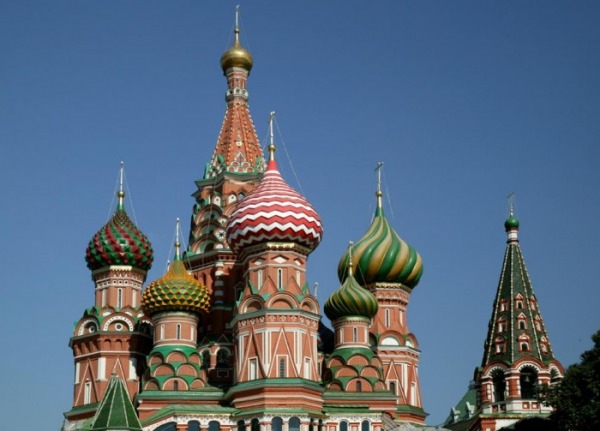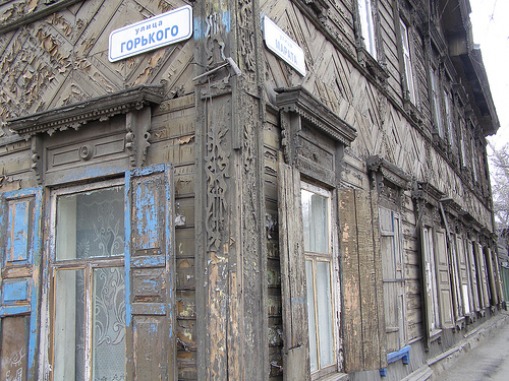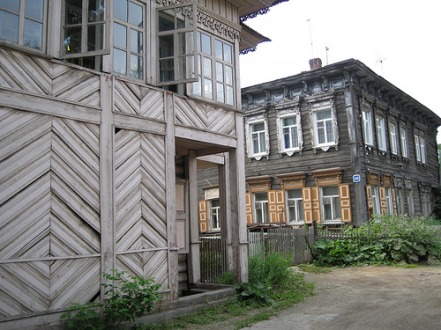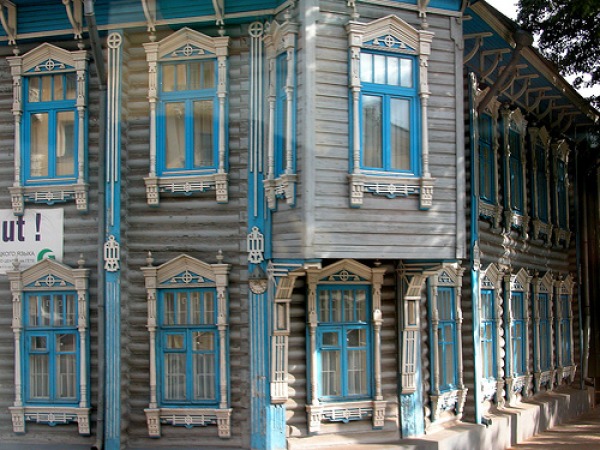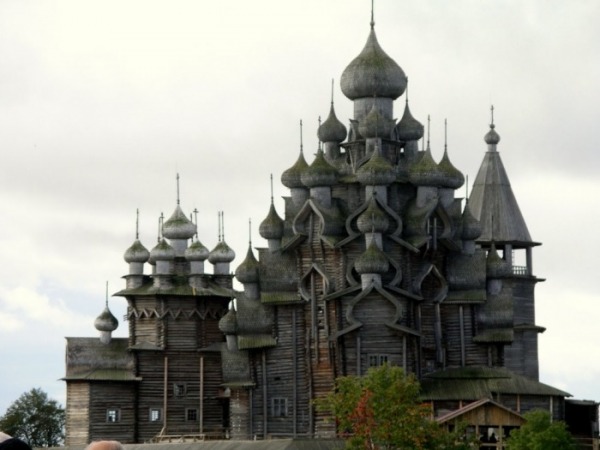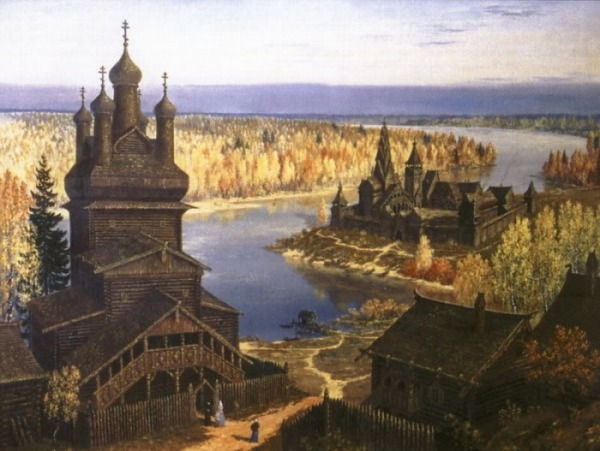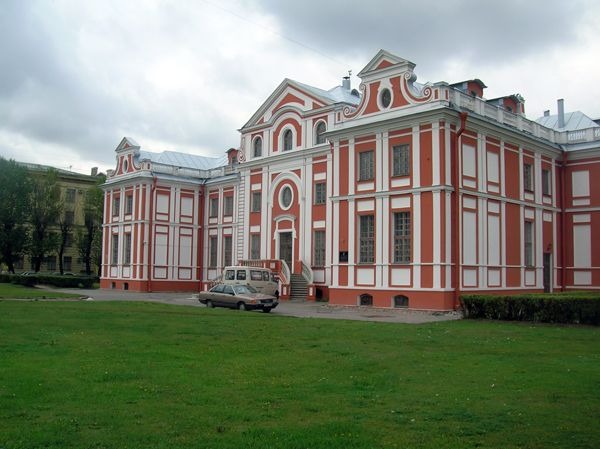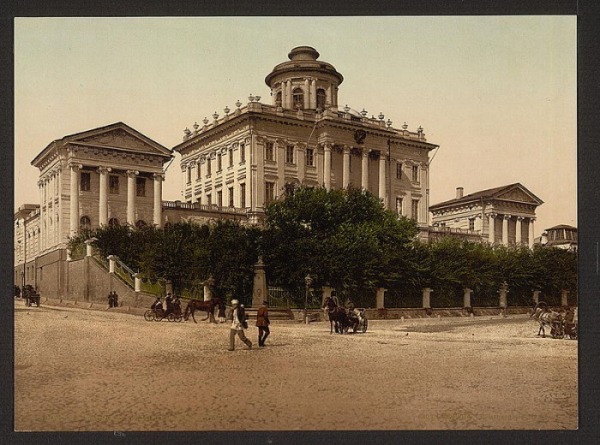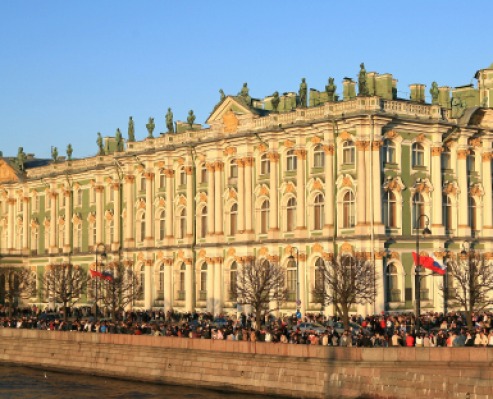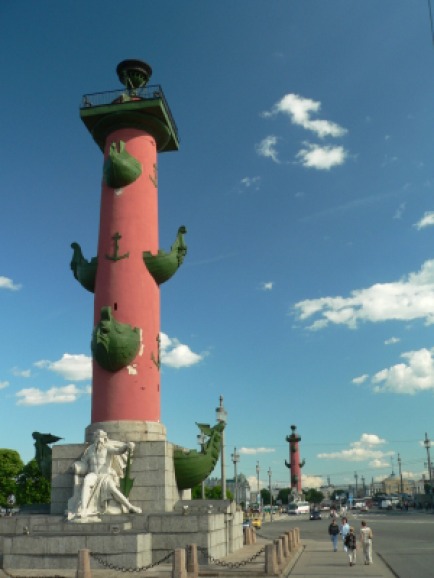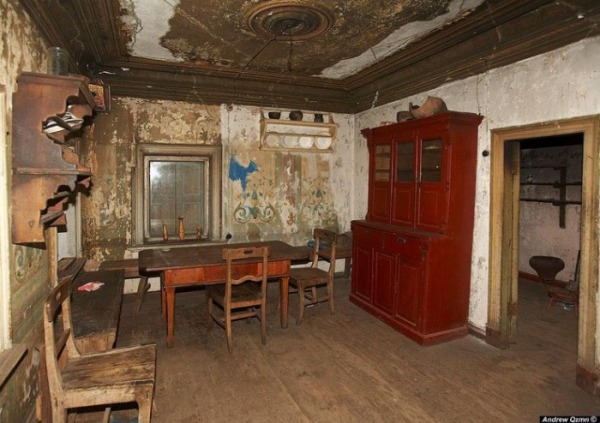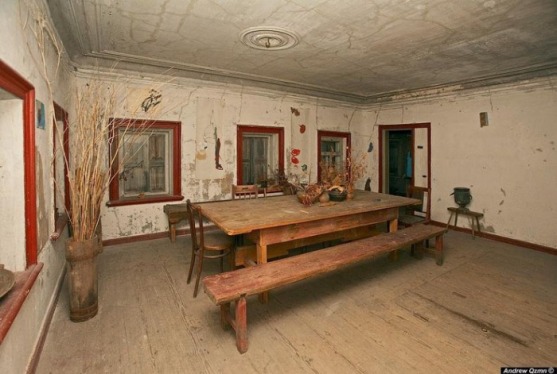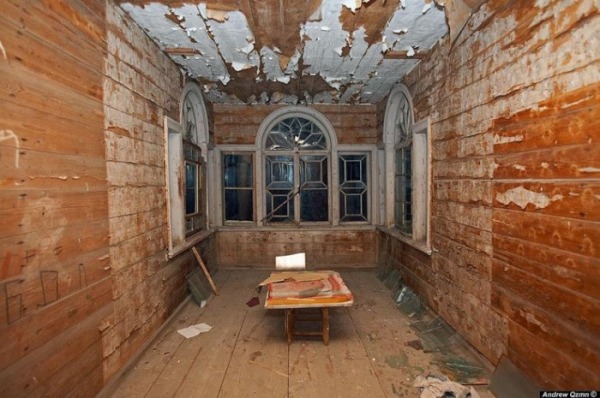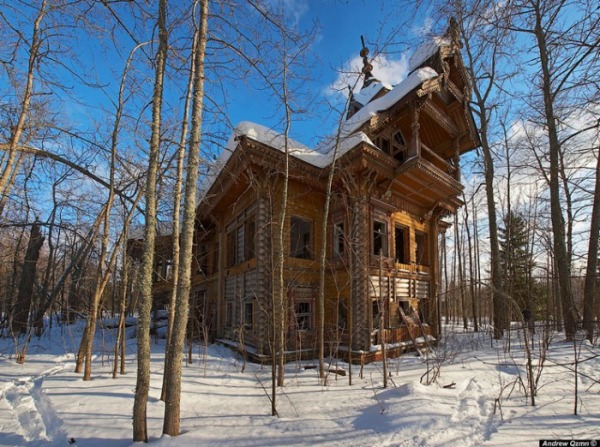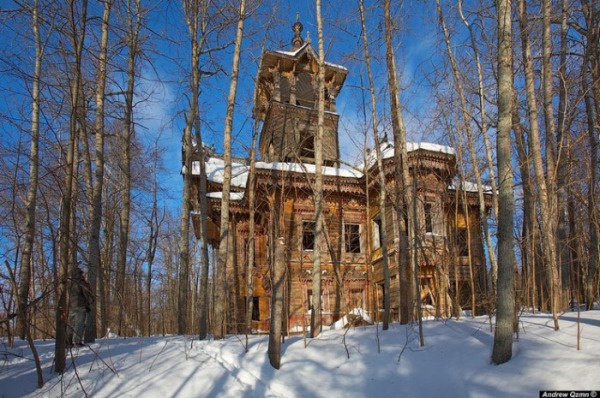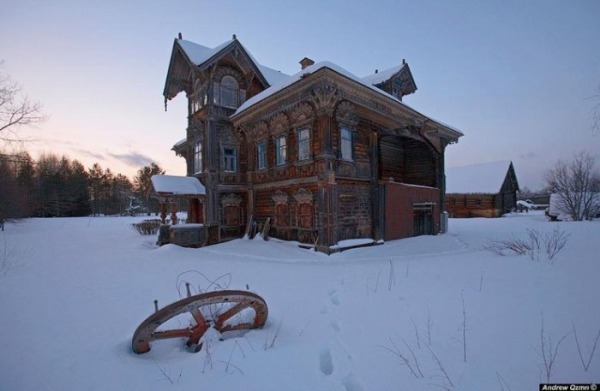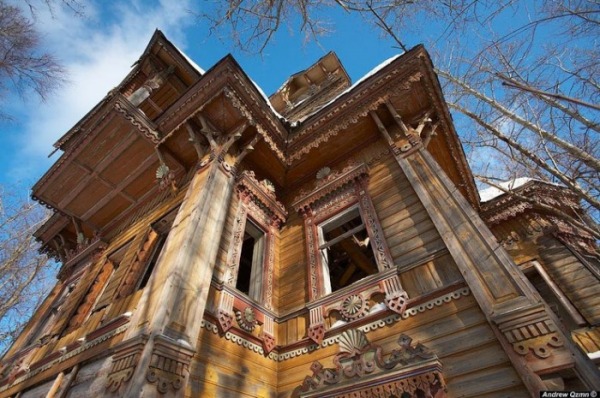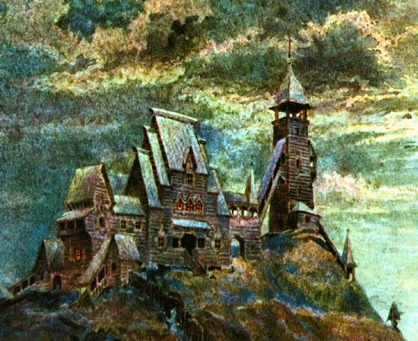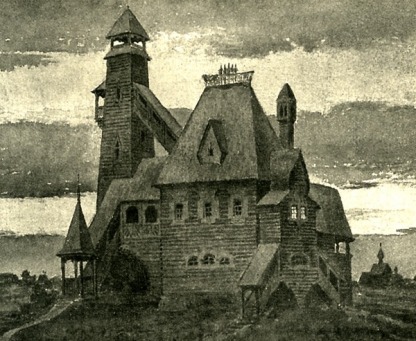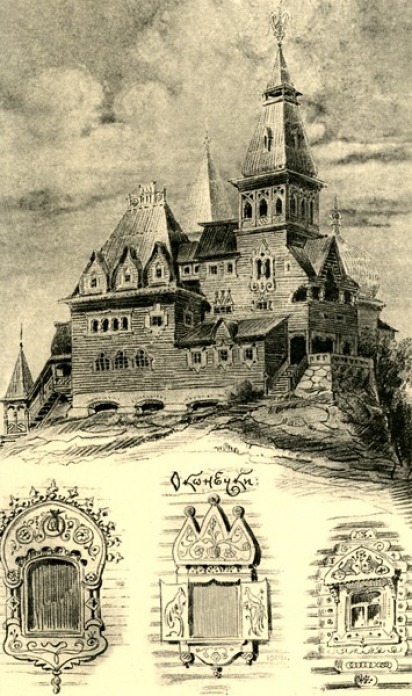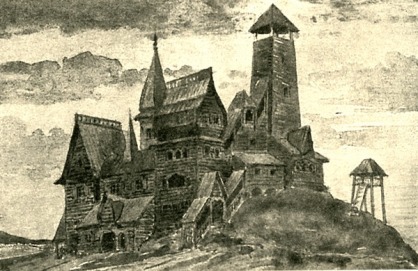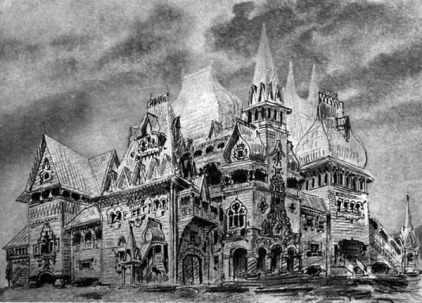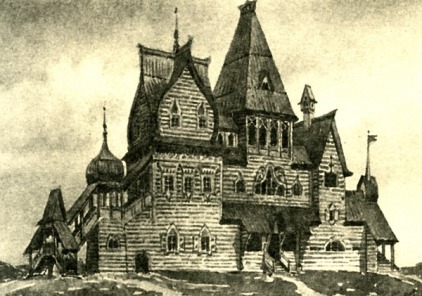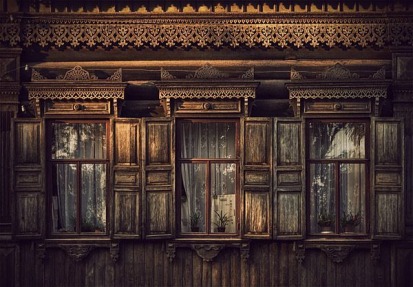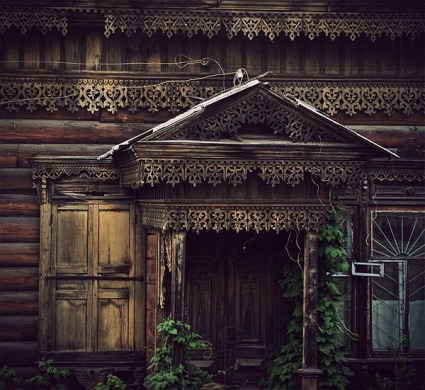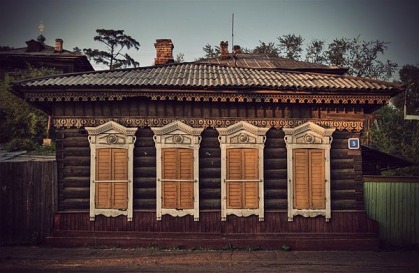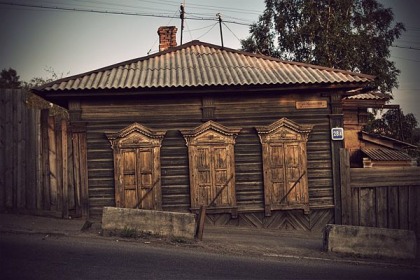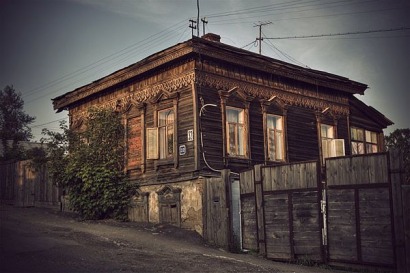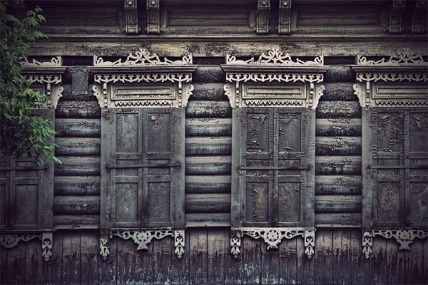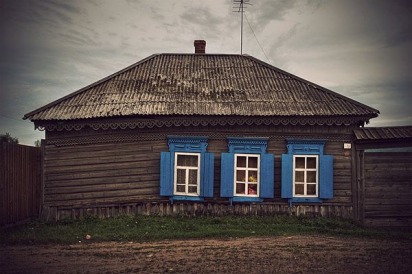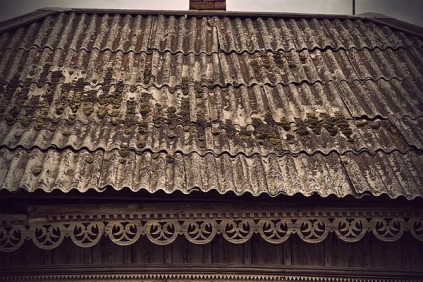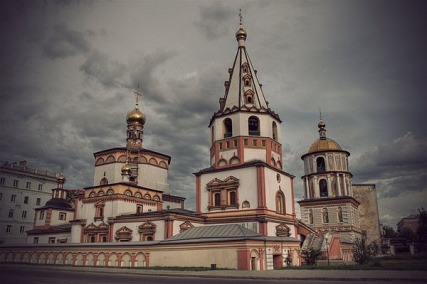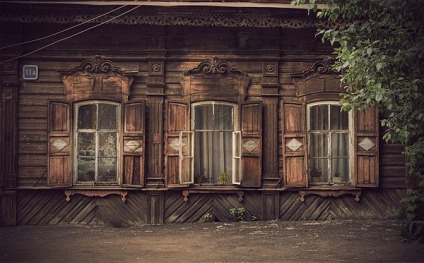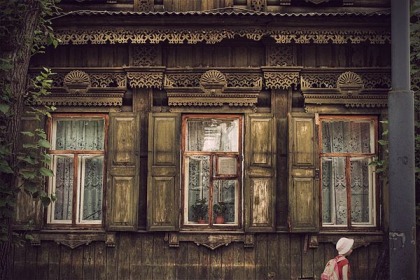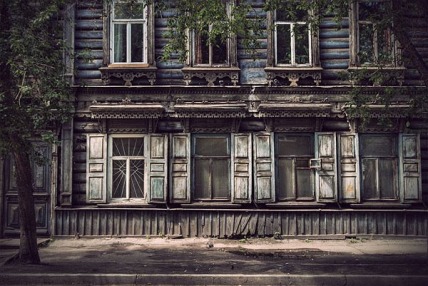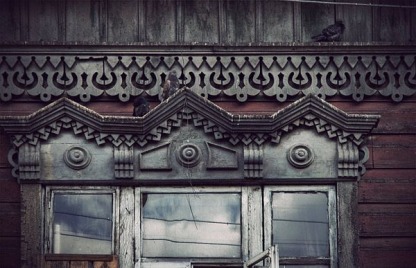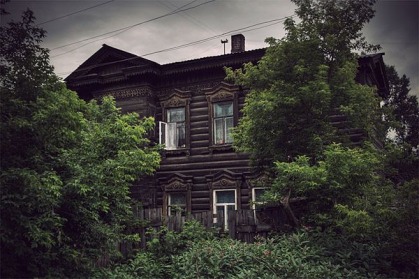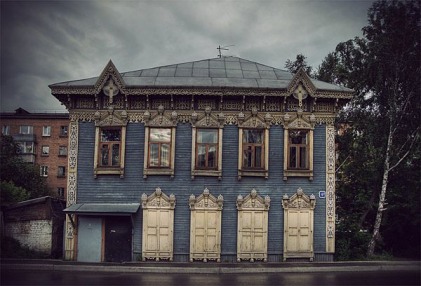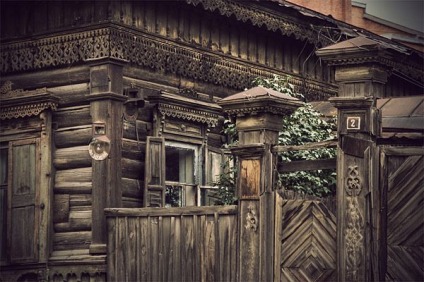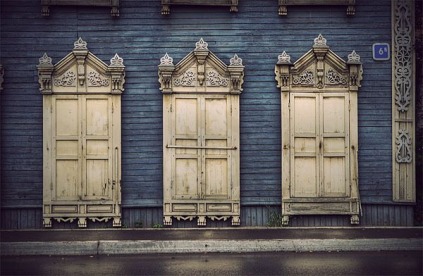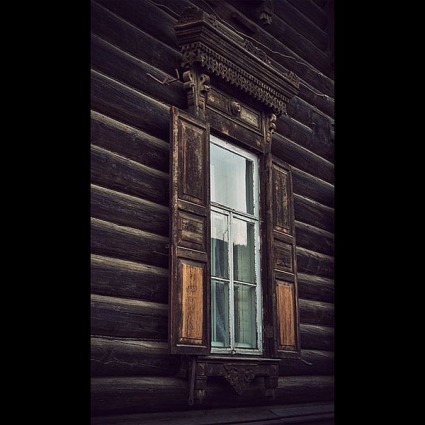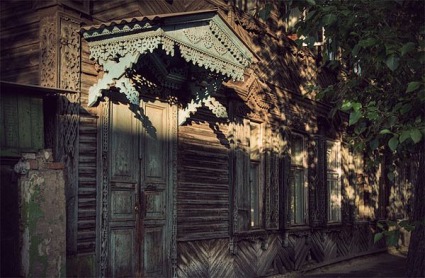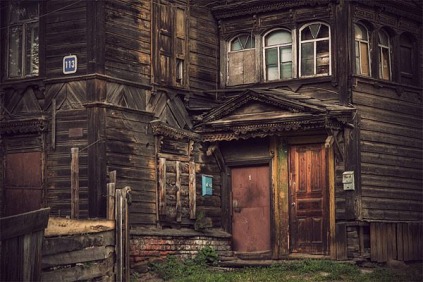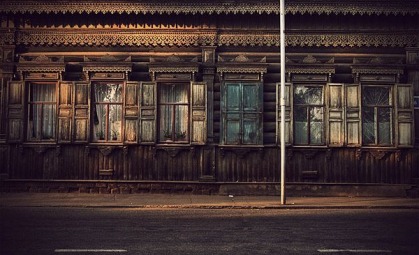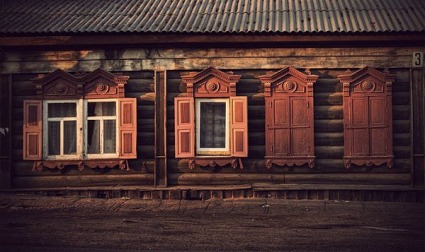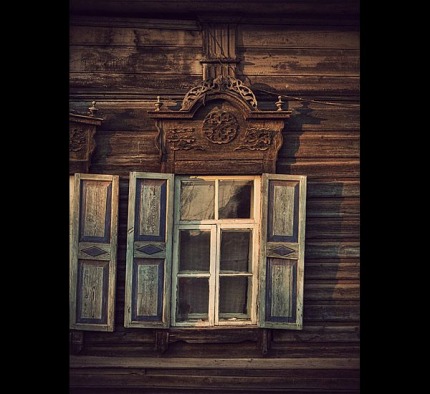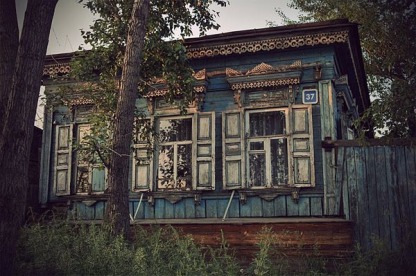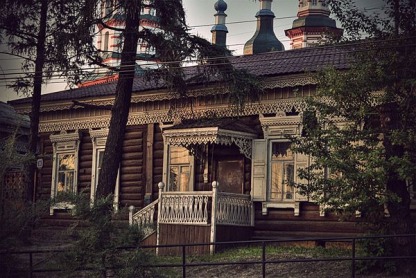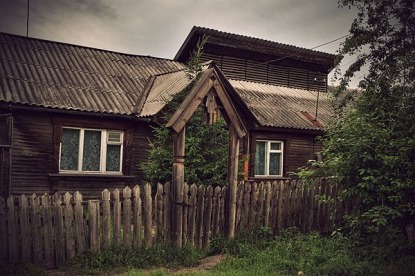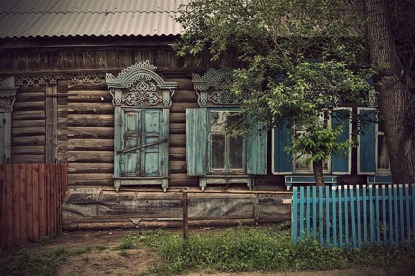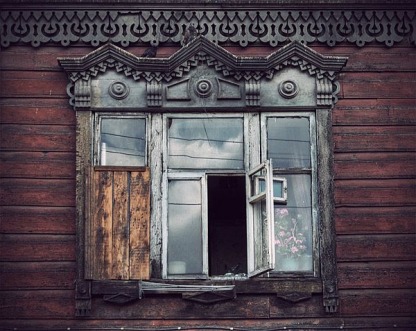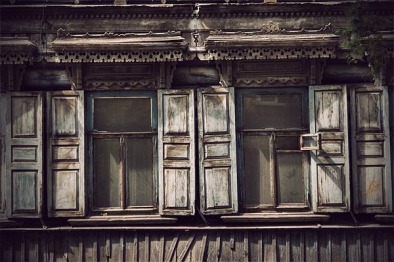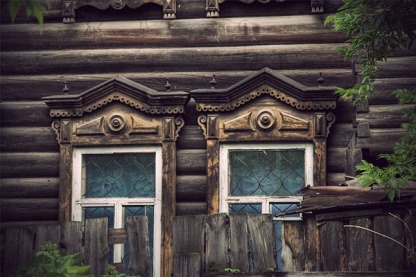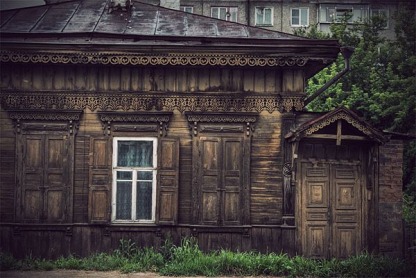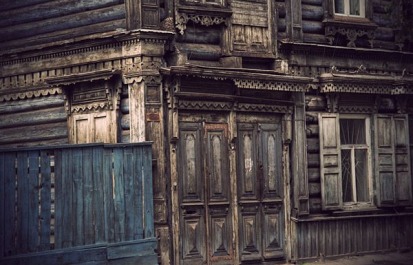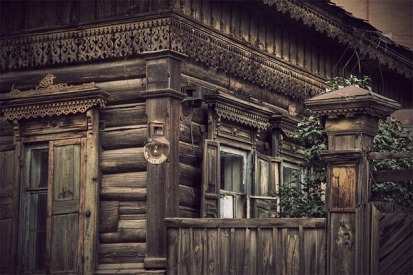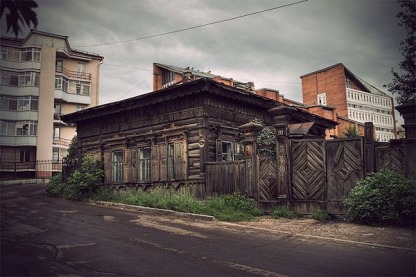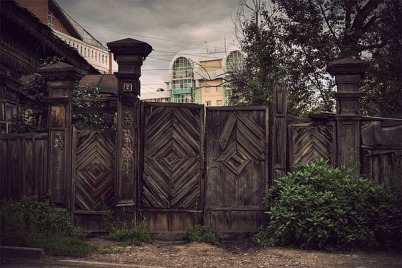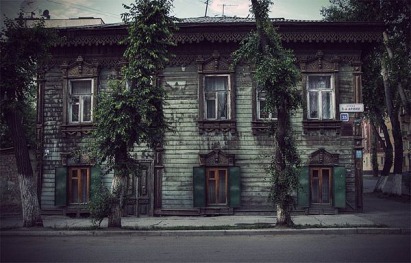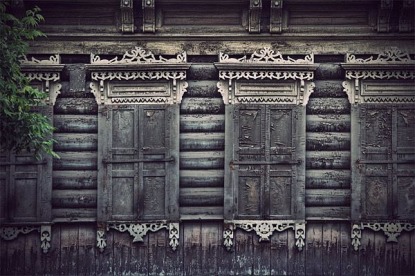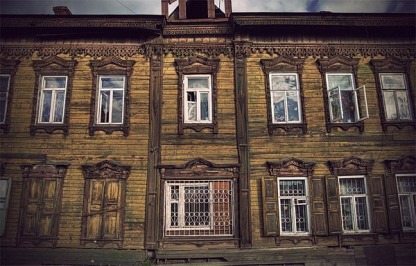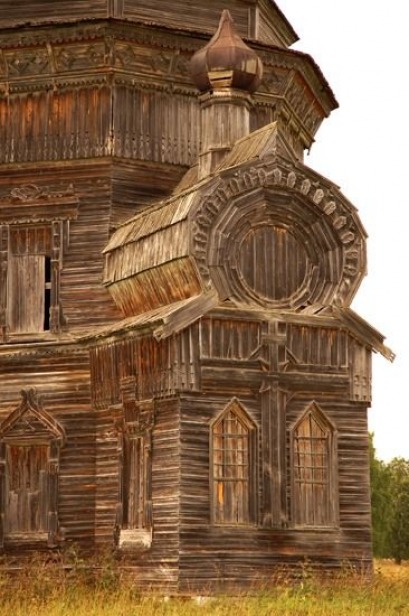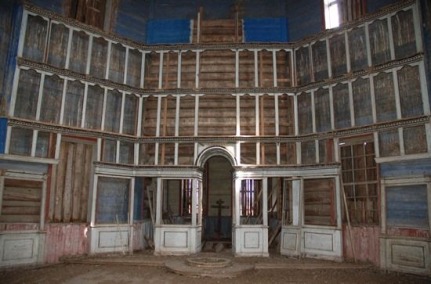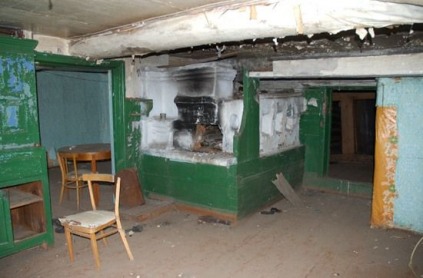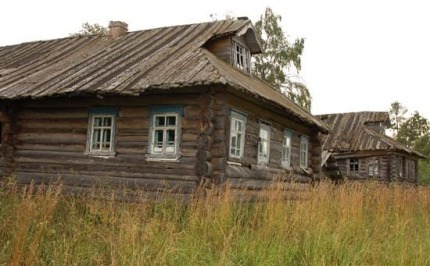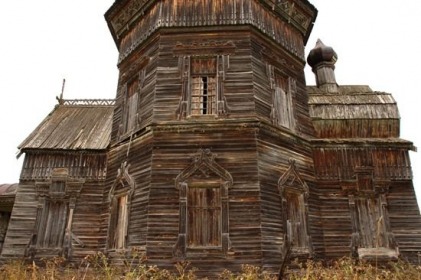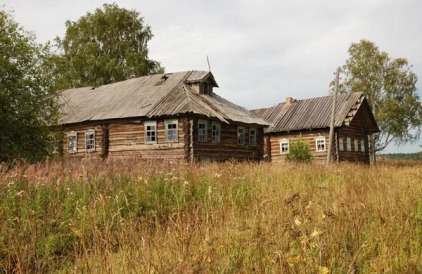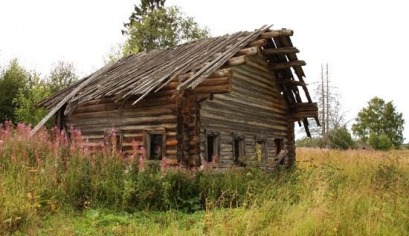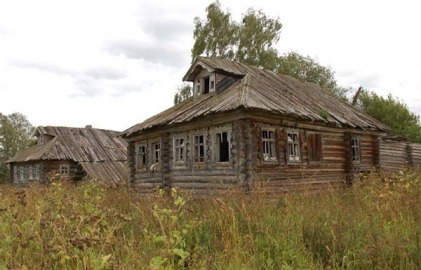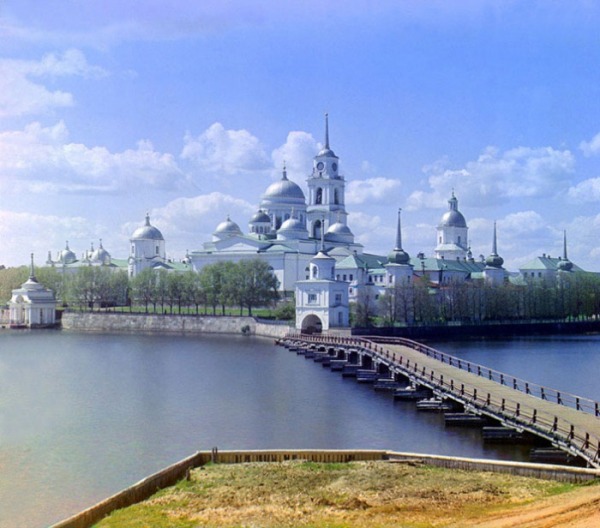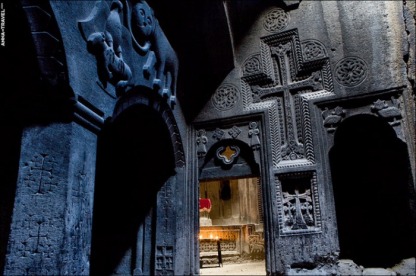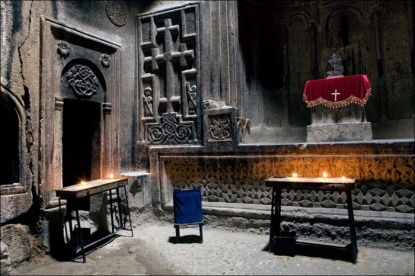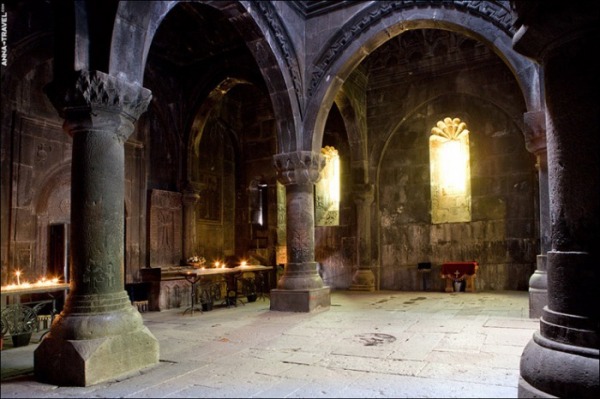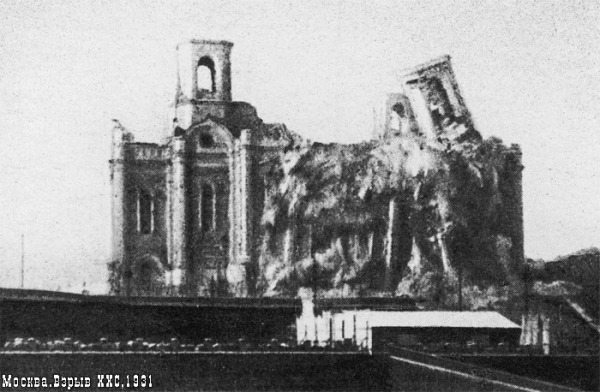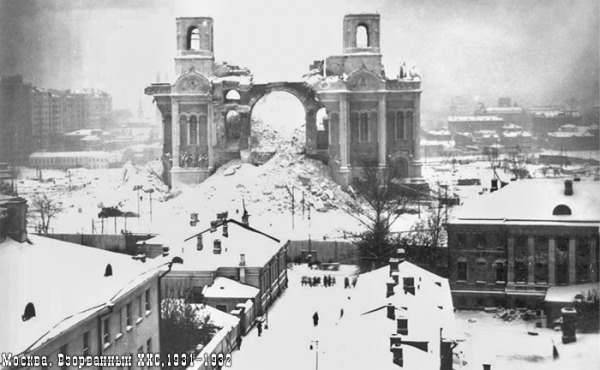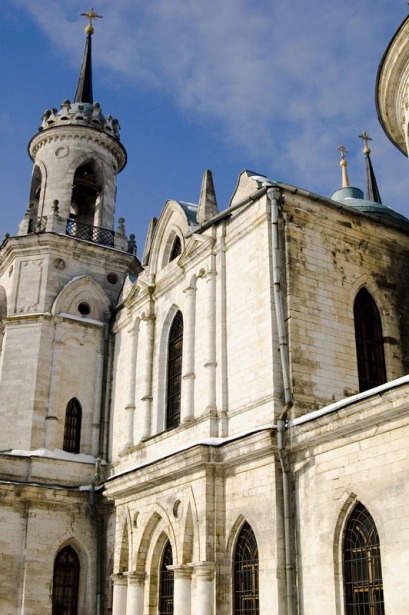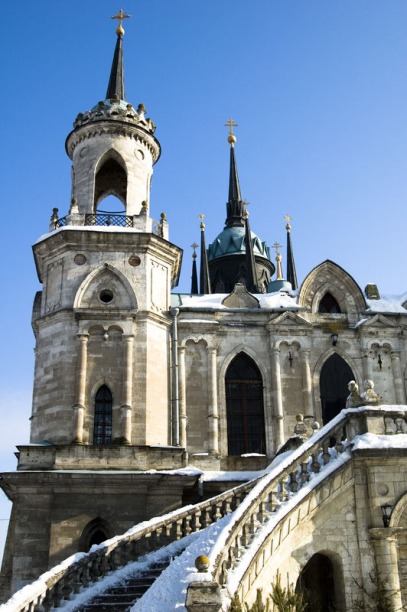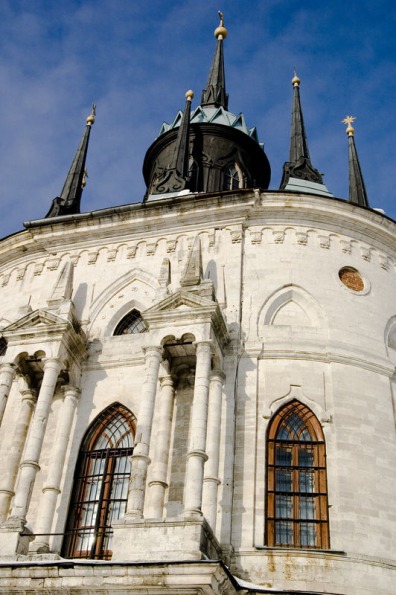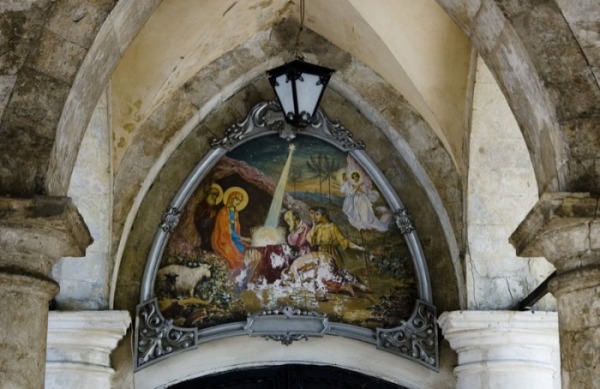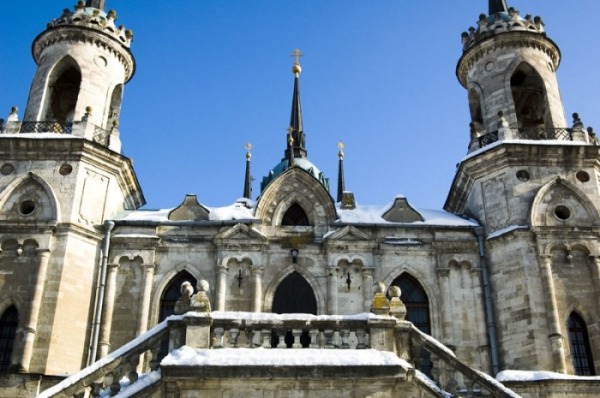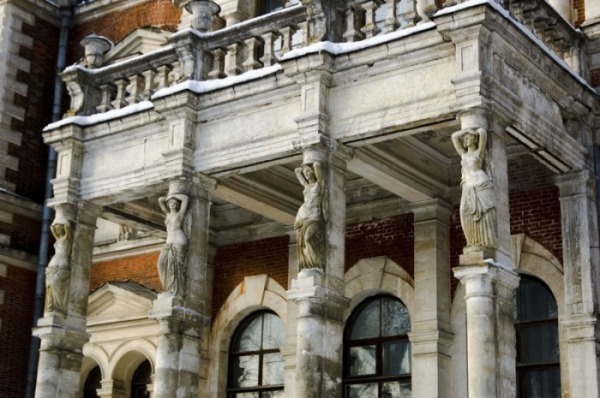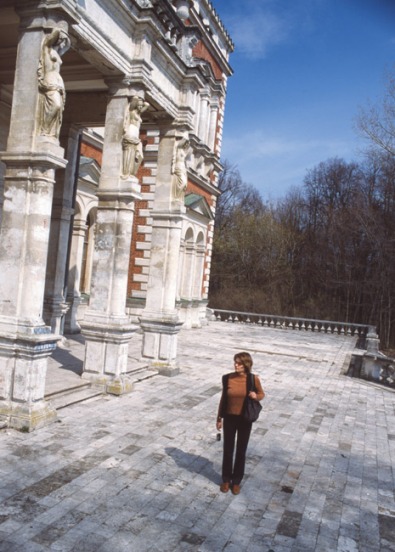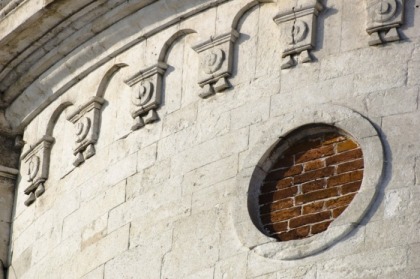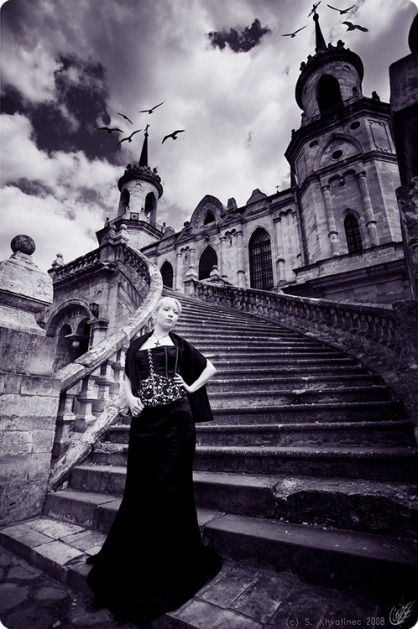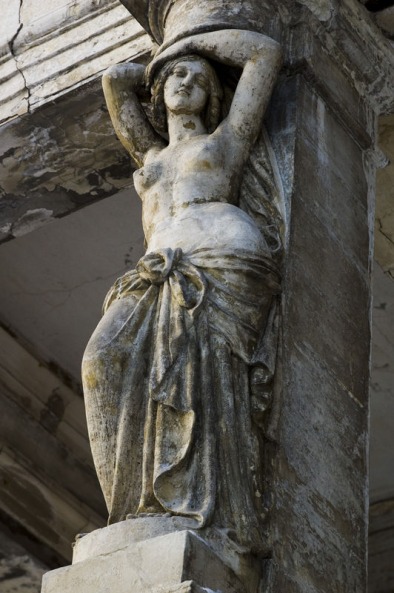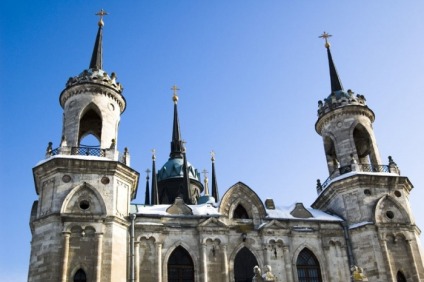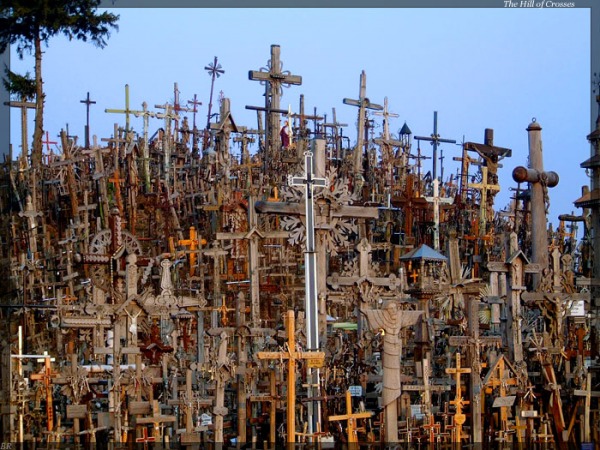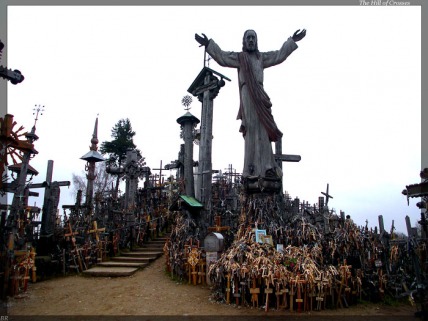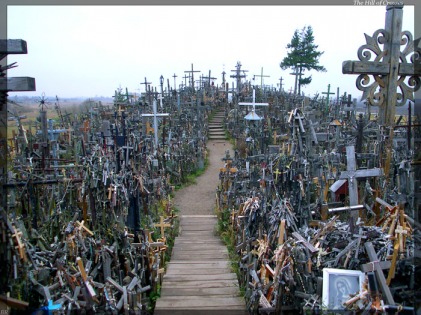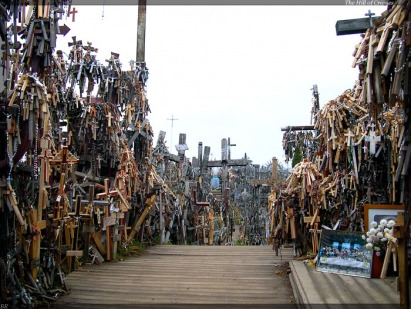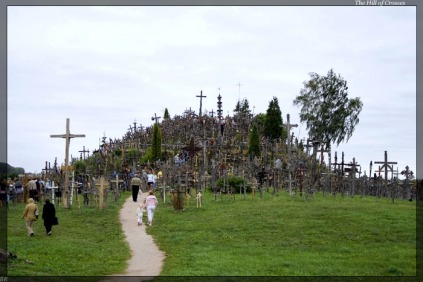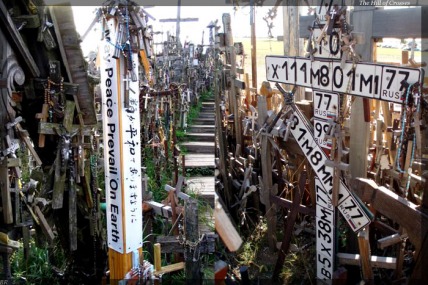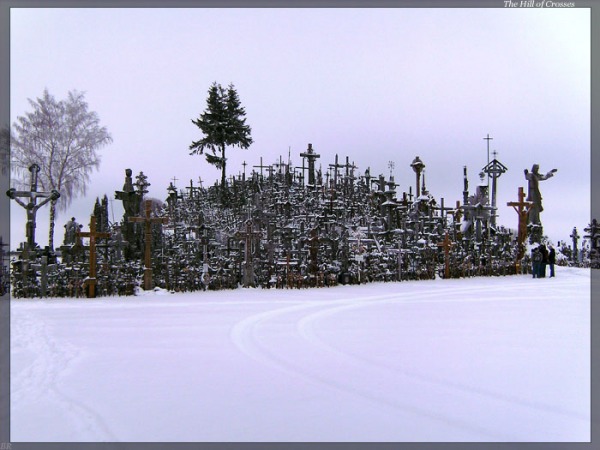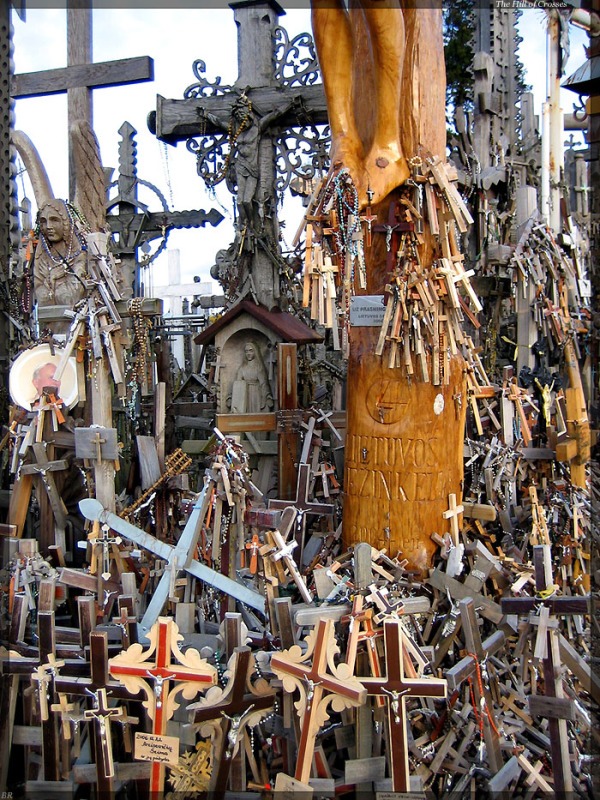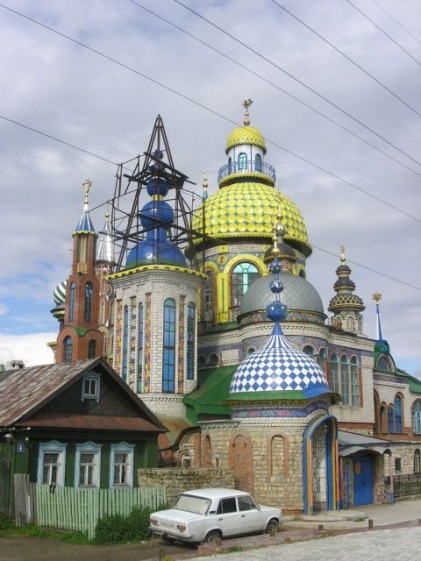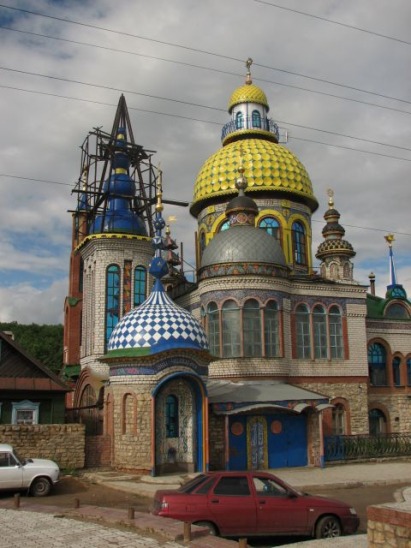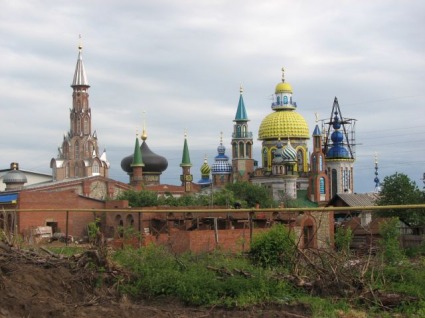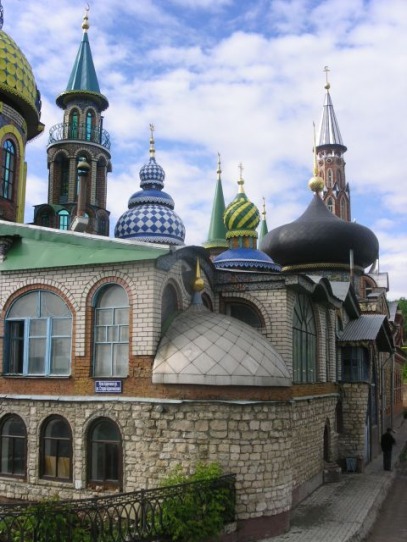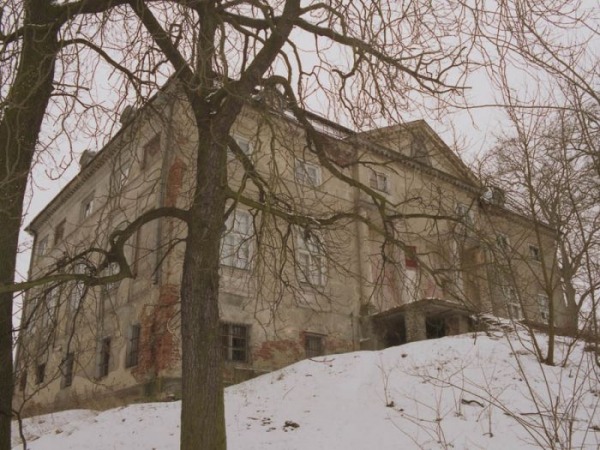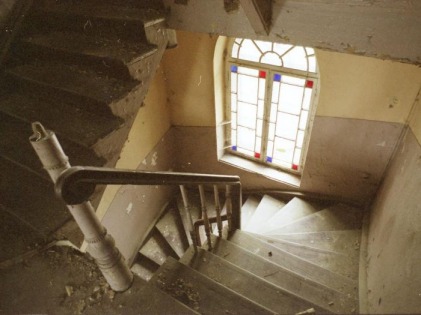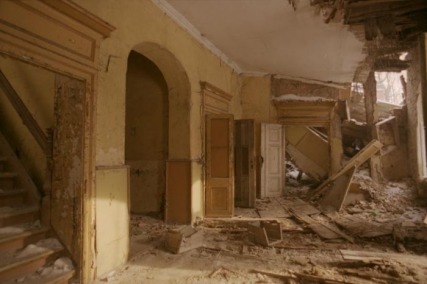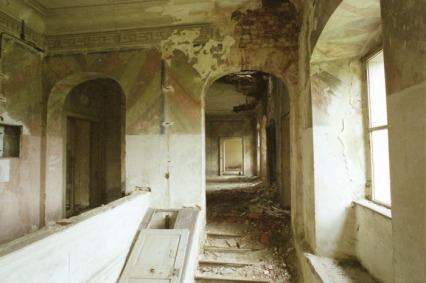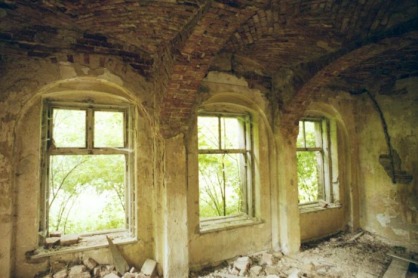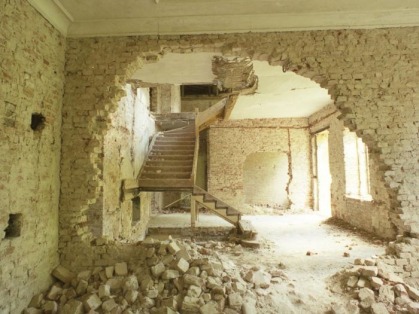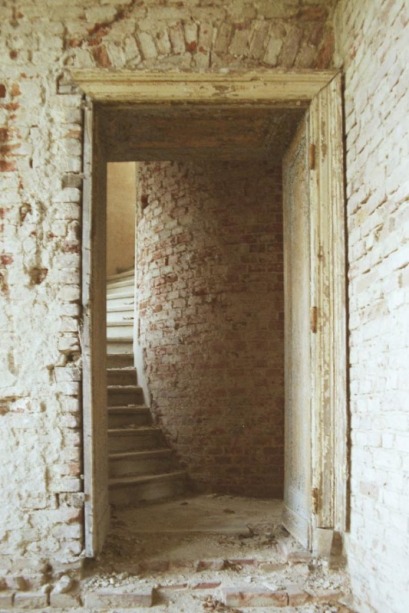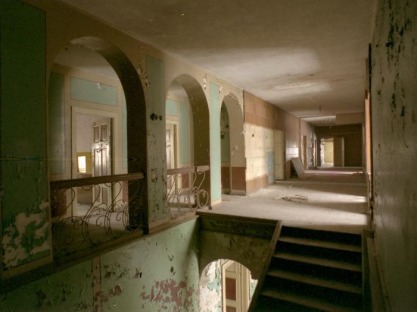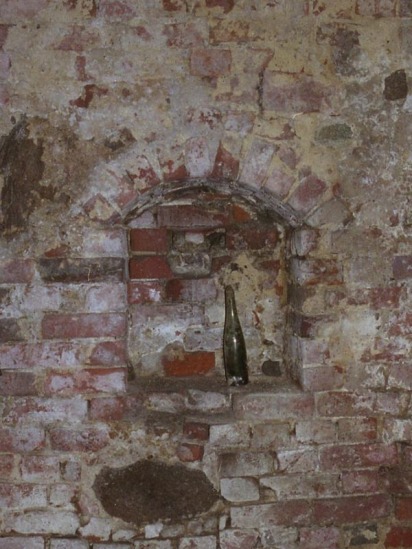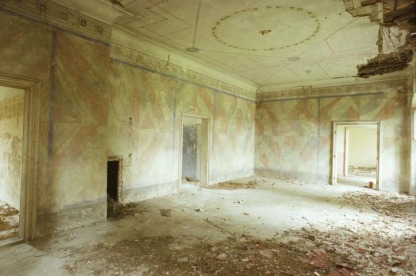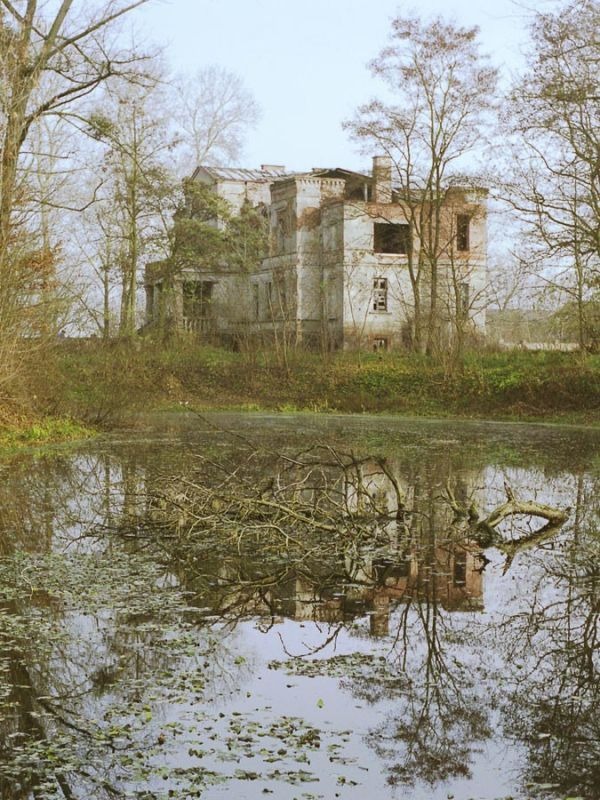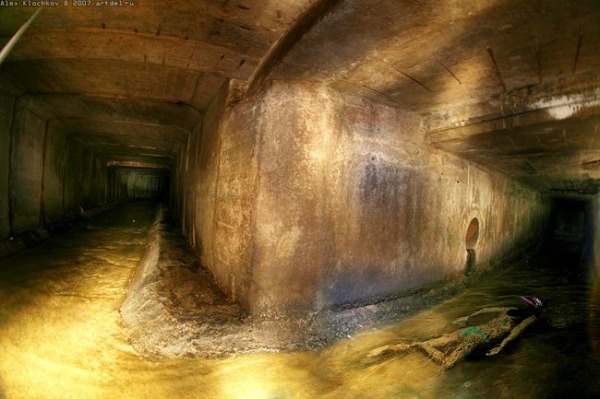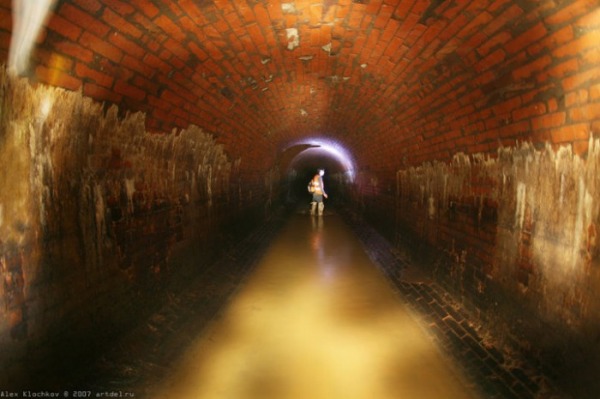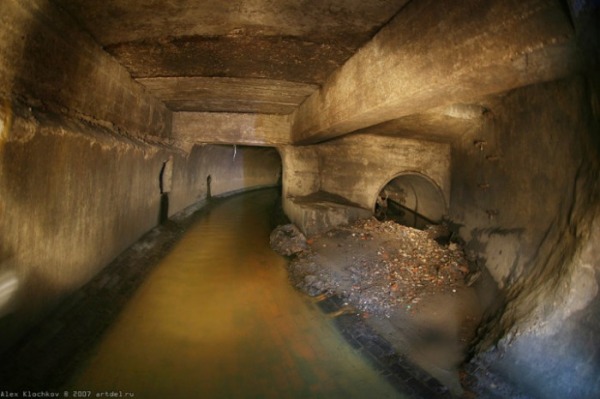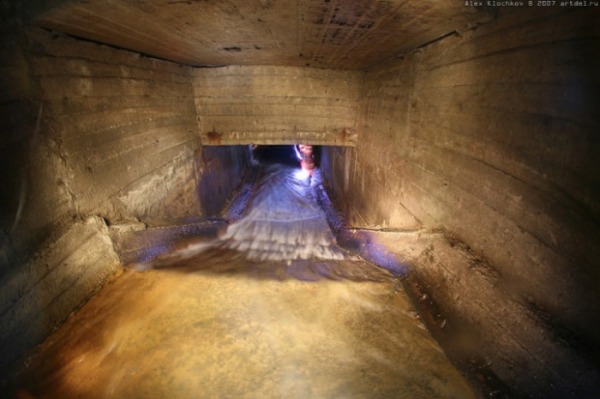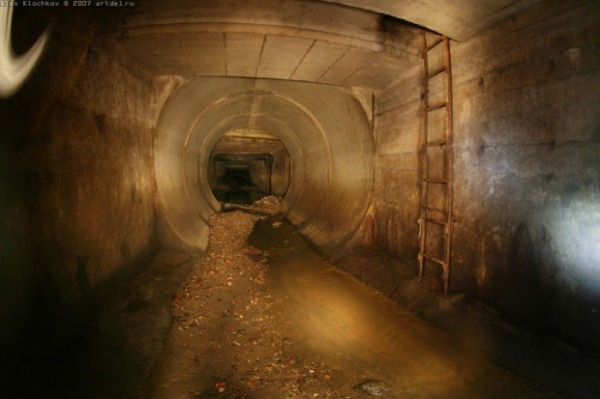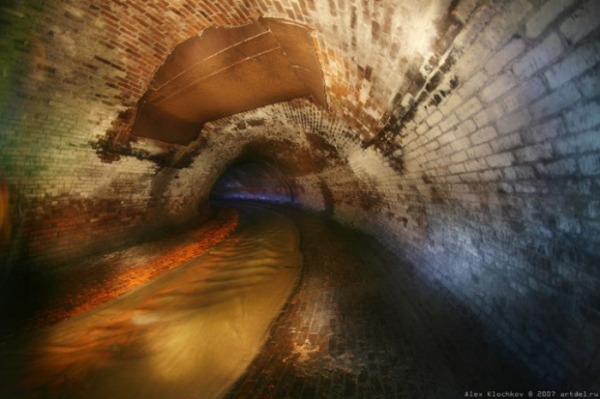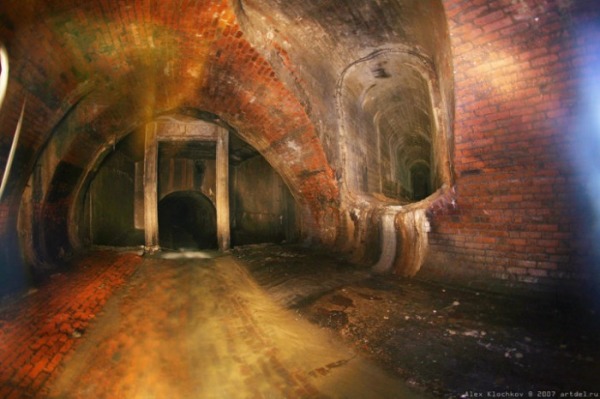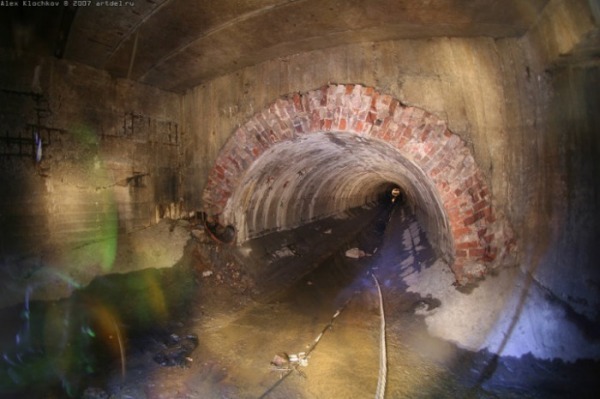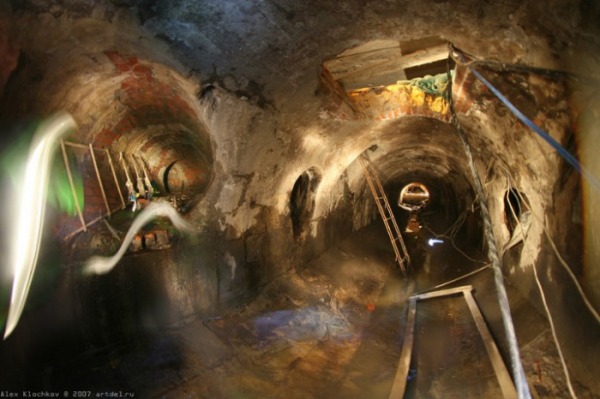Architectual.Gravitas
-- RUSSIA --
Satellite map of Russia, National Geographic
http://www.russiamap.org/map.php?map=physical-ng

Russia (Rossiiskaia Imperiia; Russkoe Gosudarstvo) comprises the greater part of Eastern Europe, and a third of Asia; its area is one-sixth of the land surface of the globe. In the reign of Alexander II the total area of the empire was 8,689,945 sq. miles, of which only 2,156,000 were in Europe. The greatest length of Russia from east to west is 6666 miles, and its greatest breadth is 2666 miles; it lies between 35º 45' and 79º N. lat., and 17º 40' and 191º E. long. (i.e., 169 W. long.). The boundaries ofRussia are: on the north, the Arctic Ocean; on the west, Sweden, Norway, the Baltic Sea, Germany, Austria-Hungary, and Rumania; on the south, the Black Sea, Turkey, Persia, the Caspian Sea; Afghanistan, and China; on the east, the Pacific Ocean. Russia forms a vast, compact territory, the area of its islands being only 107,262 sq. miles, which was greatly reduced by the cession of the southern part ofSakhalin to Japan. GeographersRussia into European and Asiatic Russia, regarding the natural boundary to be the Ural Mountains, the Ural River, the Don, and the Volga; this division is based neither on natural nor on political grounds. The Ural Mountains form a chain of wooded highlands, which may be compared to the central axis of the empire rather than to a dividing barrier; moreover there is nonatural boundary line between the southern extremity of these mountains and the Caspian Sea. The division between EuropeanAsiatic Russia can best be established ethnologically, and this method is frequently used in Russian usually divide and geographies.
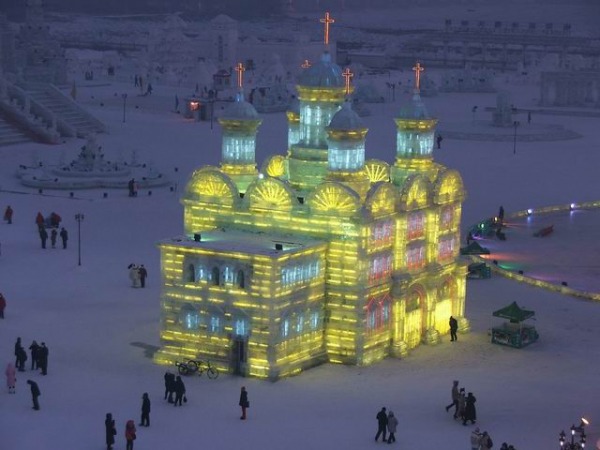
Harbin holds an annual Ice and Snow festival. These photos show part of the displays. The theme is Russian architecture with many of the structures being replicas of those around Moscows Red Square. All buildings built of ice with lights inside to create the colour. Buddha is built of snow. They are huge!!!
http://www.wunderground.com/wximage/viewsingleimage.html?mode=singleimage&handle=websterish&number=19
Russiaphilia.

Since the ancient Greece and Egypt many architects used pillars in the houses they built. Even nowadays some people use pillars to add some kind of style to their houses. In Russia pillars were also used during Stalin era in different Soviet Palaces and even regular houses. But before, in 19th century, in Russian villages there was also fashion for pillars and they made them of… wood. Like in the building on these photos.
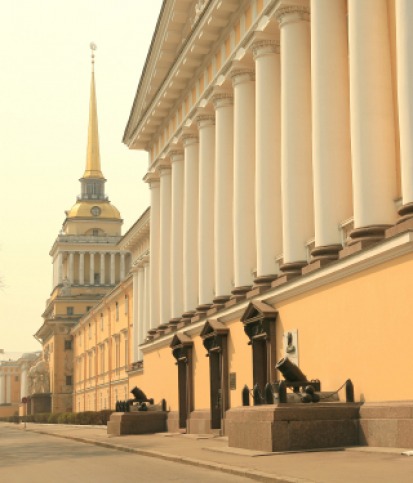
The Russian Imperial Navy, founded by Peter the Great, had a governing body called the Admiralty Board. This Board oversaw Russia's shipbuilding and other naval matters. It was also this Board that administered from the Admiralty building in St. Petersburg under various names up until the time of the Russian Revolution. The complex of buildings known as the Admiralty is now used as a naval academy.
The great Amber room
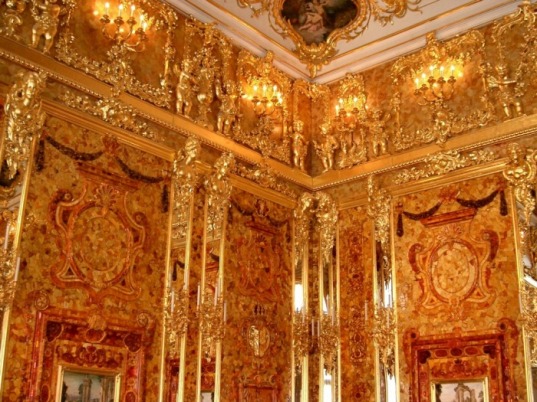
The great Amber room appeared in Russia back in 1716 as a gift to Peter I from the King of Prussia Frederick William I. This way the head of the western country wanted to celebrate peace between his state and Russia and cementing their alliance against Sweden. The panels made of several tons of gorgeous gemstone, which are often referred to as the Eighth Wonder of the World, suffered a very unhappy fate – after more than two centuries of contented “life” in Russia they were stolen by Nazis during World War II and since that very time the original creation has been missing, though, by the 300 anniversary of St. Petersburg Russian craftsmen managed to restore the masterpiece, which is an exact copy of the stolen room. The new version cost 11 million dollars it took 25 years of hard work. That is the story in a nutshell, if you want to know its details, follow me…
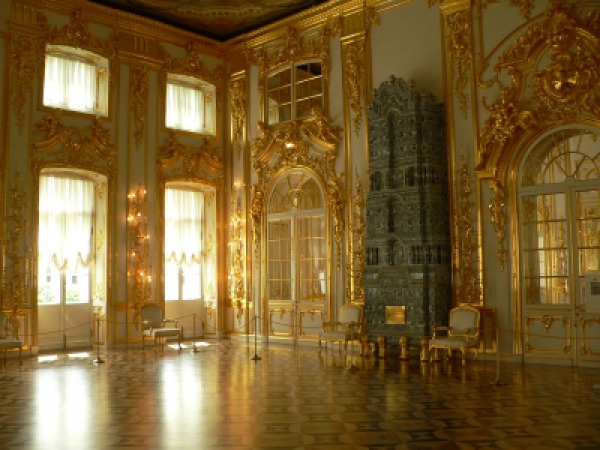
The gorgeous gold and blue architecture of the Catherine Palace near St. Petersburg is just a taste of this stunning testament to the Tsars' wealth. Also known as the Summer Palace or Tsarskoe Selo (Village of the Tsars), the Catherine Palace is one of the most popular places to visit in St. Petersburg. Visitors may tour the idyllic grounds of the Catherine Palace, but may also explore the interior. The palace interior displays typical royal opulence - gold gilt scroll work, floors made of precious woods, and marble staircases.
Abandoned wooden miracles
Old Russian Luxury Houses
If nowadays rich Russians prefer red-brick houses of strange design, many years ago some other fashion was ruling the minds of Russian high society. It was a unique to Russia style of building large wooden houses of genuine Russian design. They had an ability to build houses from stone, like in Europe, but preferred wood on purpose, they liked wood, the feeling of the wooden house.
Wooden Windows
Abandoned Russian Village
Old Abandoned Russian Village
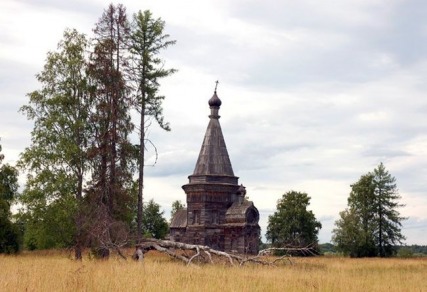
The Holy Lance Church
The Holy Lance Church
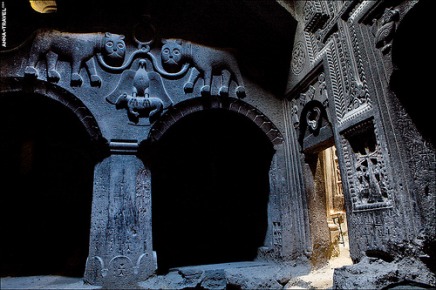
These are photos from the church in Armenia, ex part of Soviet Union, now a separate country.
They have those unique churches that were caved in the mountainwith the part of the original solid rock as the pillars and walls. These churches are more than 1500 years old and according to the history of this particular church the “Holy Lance” or “Spear of Christ”, the lance that pierced Jesus while he was on the cross to stop his sufferings was stored during 500 years in this place. The name of place is still “The Church of the Holy Lance”.
They have those unique churches that were caved in the mountainwith the part of the original solid rock as the pillars and walls. These churches are more than 1500 years old and according to the history of this particular church the “Holy Lance” or “Spear of Christ”, the lance that pierced Jesus while he was on the cross to stop his sufferings was stored during 500 years in this place. The name of place is still “The Church of the Holy Lance”.
Biggest Russian Cathedrawl Blow-Up
biggest cathedral in Moscow

The church on the picture above was the biggest cathedral in Moscow and in all Russiain 19th century. It’s construction took fifty years to be fully completed. Then the communists came. They had a holy war against all the religions in Russia so they blew up thousands of small and big churches. In 1931 the order was issued to destroy this pearl of Russian architecture too. It took only a few hours to destroy it
Pseudo Goth Church
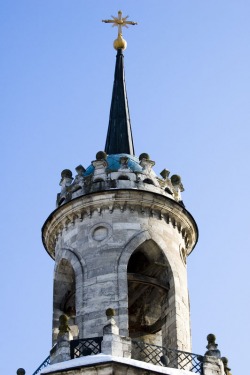
In Russia there are no Goth Cathedrals or Churches, just because Russian Orthodox church, the dominating confession are Russia is not a Goth style guys, neither now nor centuries before. They preferred their original Russian architectural desings or sometimes copied from Eastern church - from Byzantium, modern Turkey, from where this church branch has originated.
But it’s not by chance they say that in Russia East and West meet. Sometimes Russian church architects of the past has built something reminding the goth cathedrals of Europe combined with traditional Russian design elements. Those were called pseudo-goth churches. Here is one of such.
But it’s not by chance they say that in Russia East and West meet. Sometimes Russian church architects of the past has built something reminding the goth cathedrals of Europe combined with traditional Russian design elements. Those were called pseudo-goth churches. Here is one of such.
Hill of Crosses in Lithuania
These are photos of unknown author from Hill of Crosses.
It has more than 50,000 crosses on it, and no it is not a cemetery.
The reasons for the crosses to be there is that there is a story that each one who would put his own cross on this mountain would become a lucky guy, so thousands come here and install their custom crosses.
They say this tradition appeared before the Christianity came to Lithuania and Russia and is of pagan origin.
It has more than 50,000 crosses on it, and no it is not a cemetery.
The reasons for the crosses to be there is that there is a story that each one who would put his own cross on this mountain would become a lucky guy, so thousands come here and install their custom crosses.
They say this tradition appeared before the Christianity came to Lithuania and Russia and is of pagan origin.
Russian Cathedral for All Religions
http://englishrussia.com/?p=1114
This is yet another try to unify the people of different religions under one roof. Now in Russia, in Kazan city, the capital of Republic of Tatarstan, member of Russian Federation. It was build by a Russian architect and healer who according to his words once had a dream of Christ telling him to build this one.
It unifies 16 different religions: different branches of Christianity, Islam, Hinduism, Buddhism and some more.
It unifies 16 different religions: different branches of Christianity, Islam, Hinduism, Buddhism and some more.
Dmitri Mendeleev
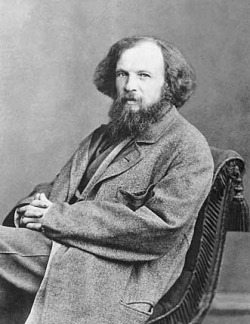
Dmitri Mendeleev was a Russian chemist. He is credited as being the primary creator of the first version of the periodic table of elements. Unlike other contributors to the table, Mendeleev predicted the properties of elements yet to be discovered. There is a legend about how he has discovered this table. According to this legend he was trying to figure out the table for many weeks but couldn’t get all the elements in one table. So he was very tired and exhausted so got a little nap, and during this nap he have got the dream. In this dream he has clearly seen the periodic table of elements in three dimensions. Everything was structured and brilliantly looking. Not only the known and already discovered elements, which have already got their names, were on this table, but the previously unknown elements which didn’t have the names and were not discovered for that time, they were discovered only years later. All he had to do is to wake up and write everything down. So he woke up and the table was ready.
Below:
-Here is a photosession of the house where he had got this prophetic vision. After the Communist’s takeover in Russia all the private property was confiscated by the state, but state has no funds to support this property. So even these days many of houses of well known pre-Communist Era people stay abandoned and almost destroyed. And by the way, in Russia people believe that Mendeleev was inventor of vodka.
Below:
-Here is a photosession of the house where he had got this prophetic vision. After the Communist’s takeover in Russia all the private property was confiscated by the state, but state has no funds to support this property. So even these days many of houses of well known pre-Communist Era people stay abandoned and almost destroyed. And by the way, in Russia people believe that Mendeleev was inventor of vodka.
Moscow Underground Tunnels (HDR)
Here are some new HDR processed pictures with some 3D graphics elements of the underground Moscow tunnels by the photographer Alex Klochkov. It is necessary to notice, that these places are extremely dangerous, so don’t even try to go there by yourself.
And here are the old compilations:
Moscow Sewerage
Moscow Dungeons
And here are the old compilations:
Moscow Sewerage
Moscow Dungeons
